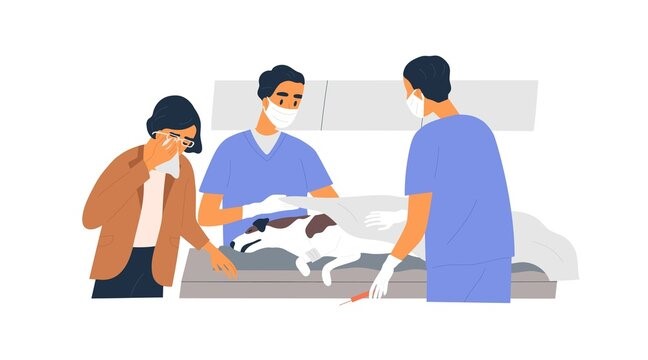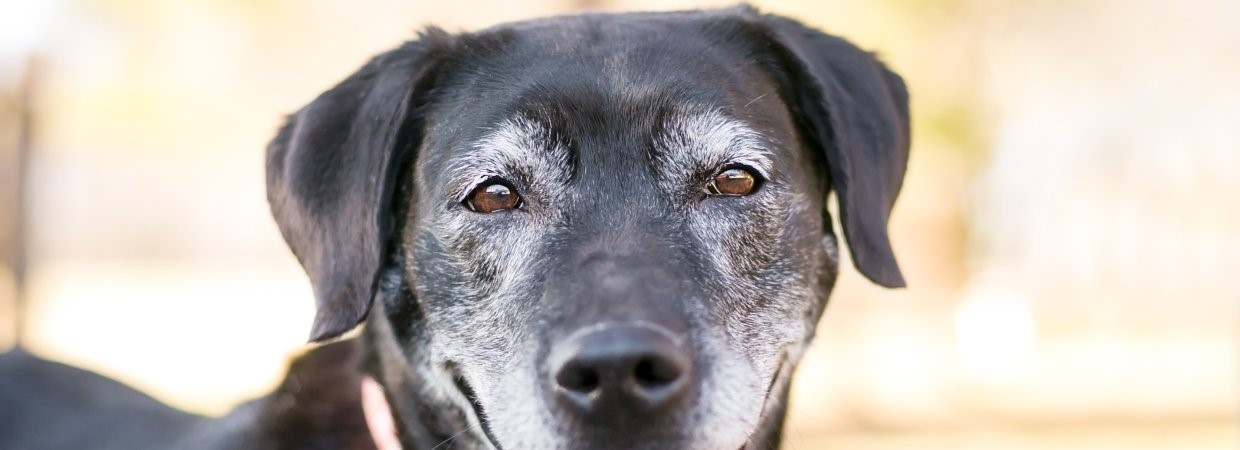Euthanasia

Pet euthanasia is the humane process of intentionally ending a pet’s life to prevent suffering, typically due to terminal illness, severe injury, or declining quality of life. It is a deeply emotional decision that pet owners make in consultation with a veterinarian.
Here’s an overview of the process and what to expect.
1. Deciding on euthanasia
Quality of life: The most common reason for euthanasia is when a pet’s quality of life has significantly declined, and they are experiencing pain or discomfort that can no longer be effectively managed.
Consultation with vet: The vet can assess the pet’s condition, including their pain levels, ability to eat or drink, mobility, and overall well-being. They help determine if euthanasia is the most compassionate option.
Owner’s choice: While vets offer guidance, the decision is ultimately the pet owner’s. Some people struggle with the timing of euthanasia, so vets may offer tools (like the “quality of life scale”) to help assess the situation.

2. The euthanasia process
Sedation: In many cases, the vet will administer a sedative to relax and calm the pet before the final injection. This ensures they are comfortable and not distressed.
Euthanasia injection: The euthanasia drug (usually a high dose of an anaesthetic, such as pentobarbital) is injected, typically through a vein. The drug quickly induces unconsciousness and then stops the heart and breathing. The process is painless, and the pet passes away peacefully within minutes.
Owner’s presence: Many pet owners choose to be present during the procedure to comfort their pet in their final moments. However, it is up to the individual; some prefer not to be there if it’s too overwhelming.
3. Aftercare options
Burial at home: Some pet owners choose to bury their pet in their yard or a special spot (subject to local laws and regulations).
Cremation: Veterinary clinics often offer cremation services, either as a communal cremation or a private cremation where the ashes are returned to the owner.
Memorialization: Many people create lasting tributes to their pets through memorial items like paw prints, keepsakes, or urns with their ashes.
4. Coping with grief
Losing a pet is a profound emotional experience, and grief is a normal response. It’s important to allow yourself to process these feelings.
Support groups: Many support groups, both online and in-person, exist for pet owners dealing with the loss of their pets.
Pet loss counsellors: Some individuals seek professional counselling to help them navigate their grief.

5. Costs
The cost of euthanasia varies depending on the clinic, location, and the type of aftercare chosen (such as cremation or burial). On average, euthanasia services range from $50 to $300, with additional costs for cremation or memorial services.
6. In-home euthanasia
Some vets offer in-home euthanasia services, which allow the pet to pass away in a familiar and comfortable environment. This option can be less stressful for both the pet and the owner.

Euthanasia is a compassionate way to prevent further suffering for pets in terminal conditions, but it’s also one of the hardest decisions a pet owner can make. If you’re unsure about the process or decision, we can provide support and guidance.
